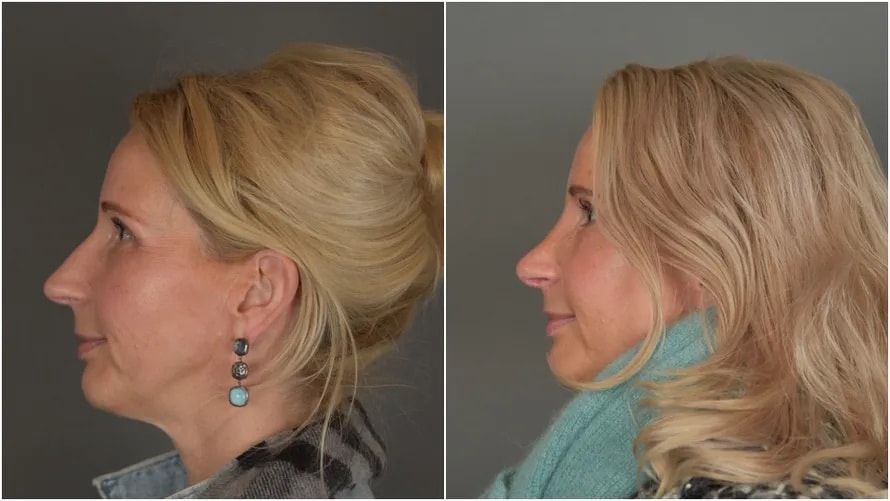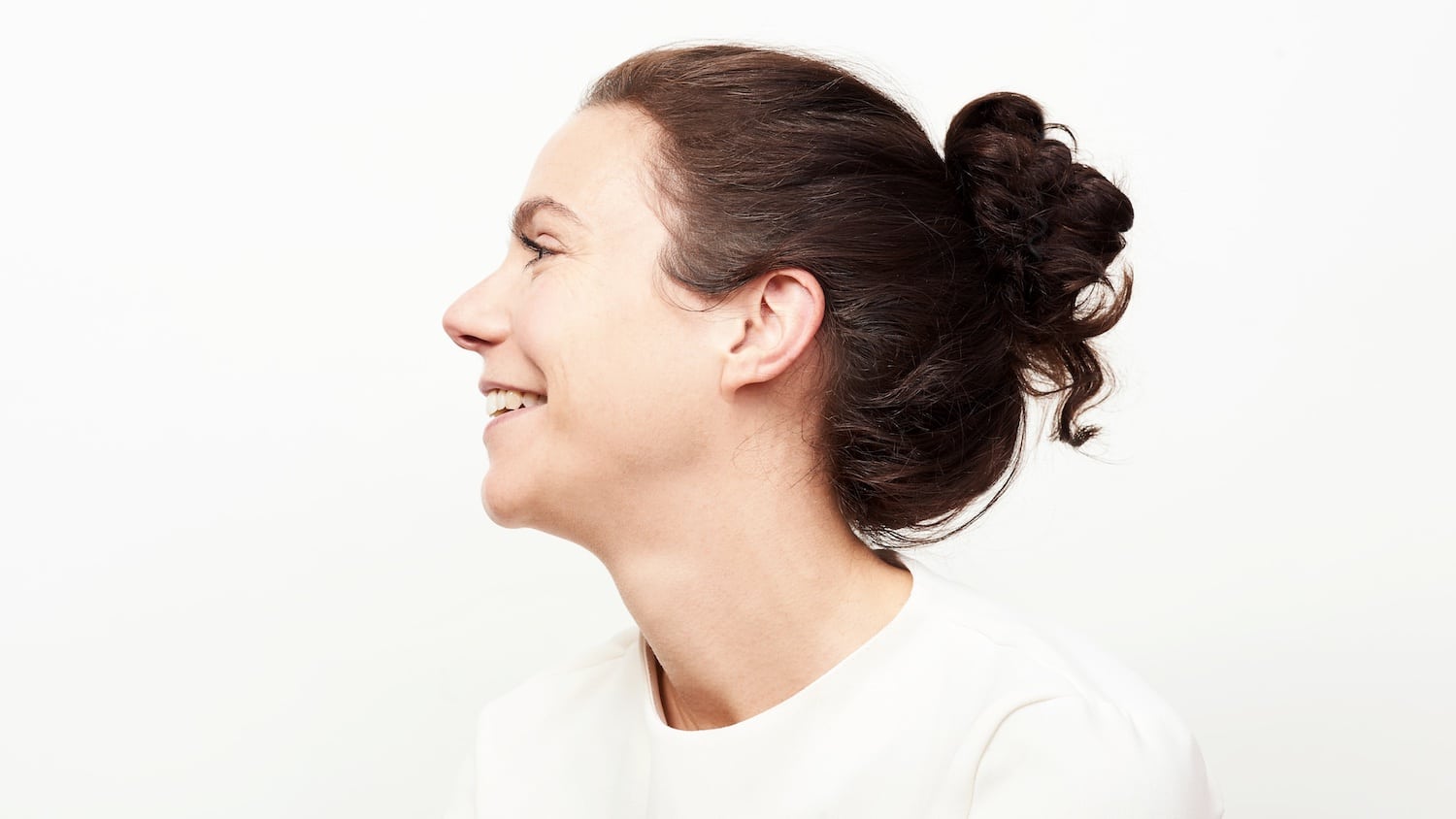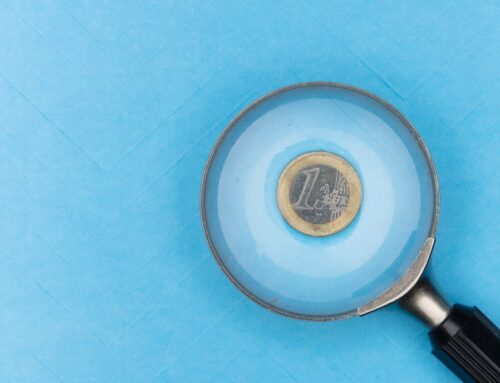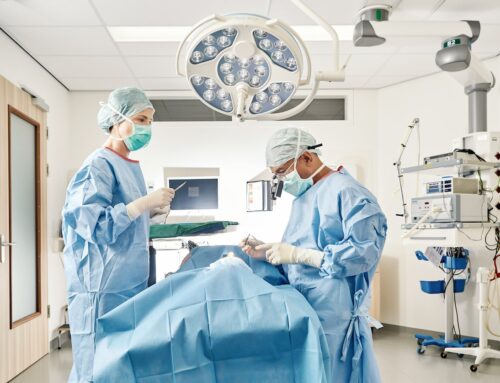10 questions about rhinoplasty: Q&A with plastic surgeon
Every month, thousands of people search for “rhinoplasty” through Google. Many people are dissatisfied with their nose. It is too big, wide, bulging or crooked. Especially since the introduction of the “selfie,” there has been an increase in demand for rhinoplasty. In this blog, we talk with plastic surgeon René van der Hulst. From 2008, he has been a professor and trainer of plastic, reconstructive and hand surgery at hospitals in Limburg. At MOOI clinic specializing in facelifts and rhinoplasty, among other things.
1. Why are so many people dissatisfied with their nose?
The nose occupies a rather prominent position in the center of your face. So it’s something in your face that you pay a lot of attention to, and if you don’t like your nose, it stands out extra. If your nose is too large in relation to the rest of your face, this will often have bothered you for a long time and you have long felt the need to do something about it. In addition, we live in a time when you often see yourself reflected on a screen (during online meetings) or in a photo or selfie. This may have made you feel even more bothered by your nose, precisely because your nose is so important in the harmony of your face
2. What is the most common complaint about the nose?
The most common is a crooked nose or as we medically call it a “hump. This is different from a crooked nose, where the nose is not completely straight from the front view. A “hump” involves a more or less noticeable bend in the nose, which can be very obviously distracting, especially from the side. Some people also call it a bump on the nose.
3. How many different rhinoplasty procedures are there?
Every rhinoplasty is actually different, and a rhinoplasty is actually like trying on a tailored suit. It looks at exactly where improvements can be made, for example, is there too much bone or cartilage, or is it too little. So should bone be removed or also cartilage or even something should be added?
Is there misalignment? In cases of misalignment, the nasal septum is often straightened as well. Is the nose tip too far down or up? Is the nose too wide and what can all be adjusted. If there are problems with breathing, it can sometimes be solved by straightening the nasal septum or doing some other procedure on the inside of the nose. Depending on the plan, an entire rhinoplasty can be done where nasal tip and bridge of the nose are treated or just the tip of the nose.
Depending on what needs to be done, you can roughly choose an open approach, where a small scar is made in the skin between the nostrils or a closed treatment where only an internal scar is made. And here again, there are variations. It depends a bit on the specific situation and desire which technique we use.
4. Can you also have your nose corrected with a filler?
We call this a liquid or liquid rhinoplasty. For very minor rhinoplasty, it is an option provided that temporary fillers are used. In fact, permanent fillers are banned because they can cause serious complications including inflammation. The disadvantage of temporary fillers, however, is that they disappear again after about a year, so the treatment must be repeated regularly to maintain the results. Fillers can only be used for very minor corrections.
5. How do you choose a new “nose shape”?
This is done in consultation with the client. Very important is that there is the right expectation. Therefore, a photo is often taken and on the photo together to see what approximately the desire is. However, that is kind of an indication because you can never predict exactly how the surgery will go.
6. Can you be reimbursed for a rhinoplasty?
A rhinoplasty is reimbursed only if it is medically necessary. For example, with breathing problems or if the nose is severely crooked due to an accident. Plastic surgery from a cosmetic point of view is never reimbursed by health insurance companies.
7. Does a rhinoplasty hurt?
Most rhinoplasty procedures we perform are done under general anesthesia. So you won’t feel anything from the surgery. In general, pain after rhinoplasty is not too bad. The pain is treatable with paracetamol and goes away within a few days. Clients who have undergone rhinoplasty are more likely to describe the recovery as uncomfortable. This is because the nose is well wrapped after surgery.
Also interesting: Sylvia’s experience story!
8. Recovery is quite long. How does this come about?
Recovery time depends on the procedure and varies from person to person. The nose may be swollen for a time because the skin of the nose is completely detached. Also, sometimes part of the bone needs to be “controlled fractured” which triggers a healing process that involves swelling. Most of this swelling disappears within a few weeks but sometimes it can take longer for all the swelling to go away
Read all about recovery after rhinoplasty here.
9. Will people see after the surgery that I had a rhinoplasty?

It depends on how you ask the question. People who do not know you will not see this because the scars are on the inside of the nose, or fall into the natural crease. Usually a rhinoplasty is easily visible to people who know you. Generally, however, you yourself see the difference much better than the people around you because you have focused yourself much more on your own nose.
10. What does a rhinoplasty cost?
A rhinoplasty varies in price depending on what all we have to adjust. A minor nose tip adjustment under local anesthesia is much cheaper than a complete rhinoplasty performed in the operating room. At MOOI Clinic, we like to give honest advice and prices also include pre- and post-treatment. Sometimes you can find cheap starting prices on the Internet. If so, always pay close attention to make sure there are no additional issues and that you are being treated by a licensed plastic surgeon.
A no-obligation consultation first?
Has your nose been bothering you for a long time? Make an appointment with the plastic surgeon first. During the consultation, options are discussed in detail.








